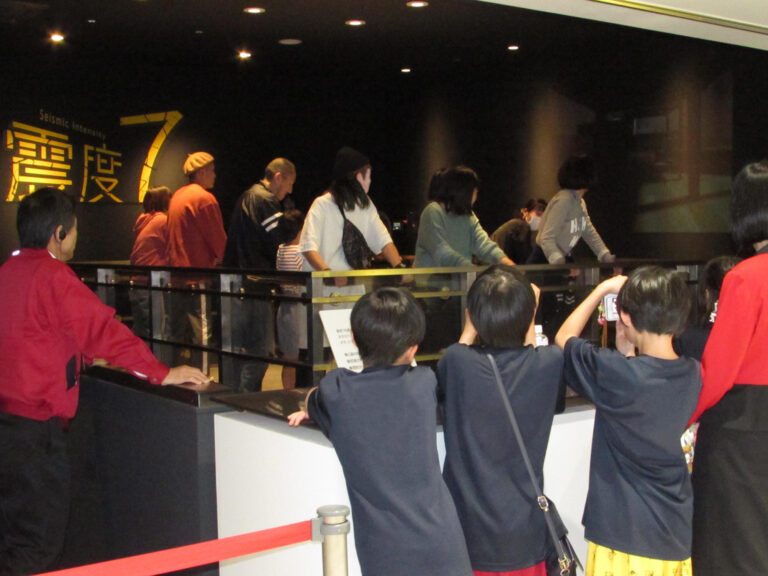
Abeno Taskull is prepared for catastrophes such as the Nankai/Dongnanhai earthquake and the Nankai Trough Giant Earthquake, by recognizing the disaster danger according to the characteristics of the area in which you live, you can choose the knowledge and technology necessary for you and learn through experience, it is an experiential disaster prevention learning facility. The experience course is a tour style guided by dedicated staff, and there are 7 courses from 2 hours to 30 minutes depending on the content, and if you book in advance, you can experience without waiting. The content is subject to change, check your way out.
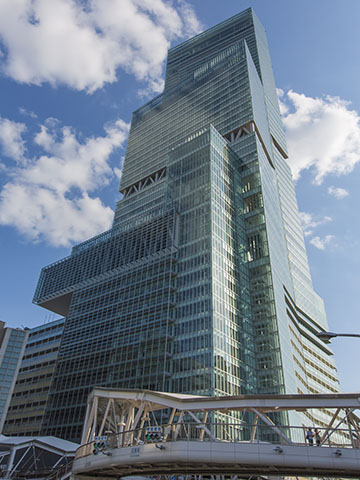
A skyscraper complex boasting a height of 300m. There is an observation deck "Harukas 300" on the 58th to 60th floors on the top floor, and you can overlook the city of Osaka. The 58th floor has a stairwell structure, which creates an open healing space. "Abeno Harukas Kintetsu Honten" is located on the 2nd basement floor to the 14th floor above the ground, and "Abeno Harukas Dining", one of Japan's largest gourmet restaurant streets, with three floors from 12 to 14, is popular. In addition, there are a variety of stores, "Abeno Harukas Museum" on the 16th floor and "Osaka Marriott Miyako Hotel" on the upper floor, just like a building like a "three-dimensional city".
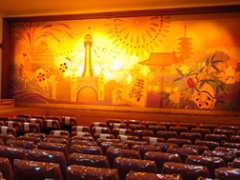
The mass theater hall of fame, which has been popular in the New World for more than 100 years since its inception, performs performances of various genres such as song shows and musicals at the same theater Asahi. The box office schedule and performances are required.
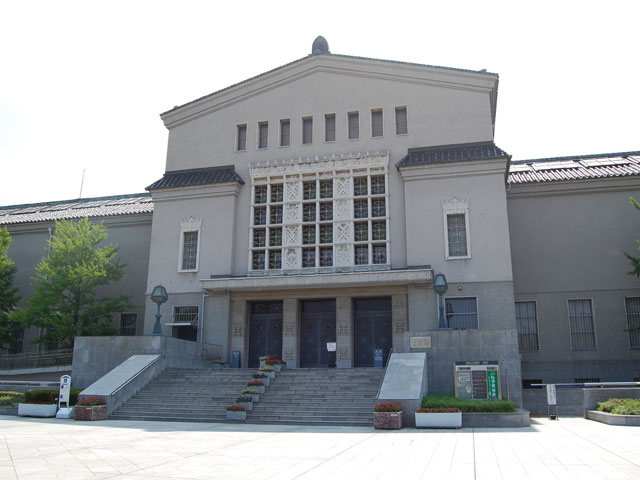
It is located in Tennoji Park and was opened in 1936. The classical building constructed on the site of the main residence of the former chaebol is also an attraction. Oriental art consisting of Chinese paintings and stone Buddhas, and Japanese art consisting of Buddhist art, Korin materials, and early modern lacquer crafts are the center of the collection. In addition to the collection exhibition, the contents of the exhibition change from time to time. It takes one hour.
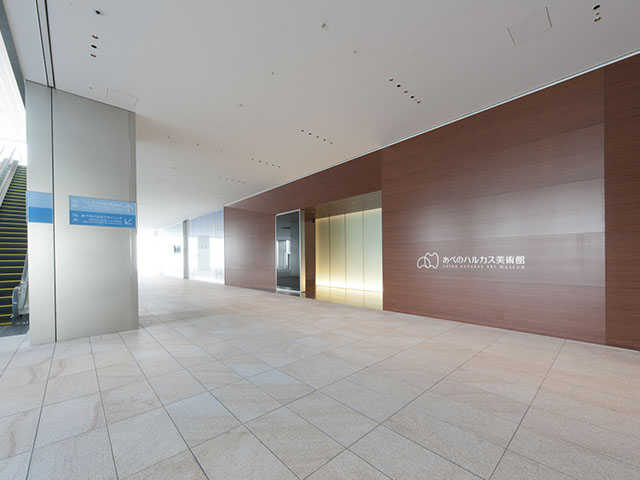
The museum is located on the 16th floor of the "Abeno Harukas", a skyscraper complex that boasts a height of 300m. The concept is "Art × Human-every art, every person." it is an urban art museum that everyone can easily experience art and culture, which is suitable for the location of the terminal. It holds exhibitions of various genres such as Japanese and Oriental art, Western art, and contemporary art.

An urban-type zoo that opened in 1915 and has a long history of celebrating its 110th anniversary on January 1, 2025. About 170 species and 1000 animals are kept in a garden of approximately 11ha. "Ecological exhibits" that reproduce the landscape of the habitat as much as possible and introduce the state of the animals living there are held in the African Savannah Zone. The display is full of immersive displays, where herbivores such as giraffes and elands and carnivores such as the lion's gray hyena can be observed in the same area. It is also a recreational facility as a place for recreation and a place for environmental education, and it is crowded as an easygoing oasis in the city center.

It is located in the city center of the southern gateway of Osaka, but also in the south of the Kamimachi plateau, which has a valuable historical and cultural heritage. The park is composed of various facilities such as Mount Chausu, which is known as the setting for the history of the zoo, art museum, Meikatsu Keisawa-en, "Osaka Winter-no-tami, Natsu-no-tami". In addition to restaurants and cafes in the entrance area "Tenshiba" of the park, Tenshiba I:na [Ena] is also open in November of the first year of Reiwa (2019). In the lawn square is an attractive park that families and friends use as a place to relax.
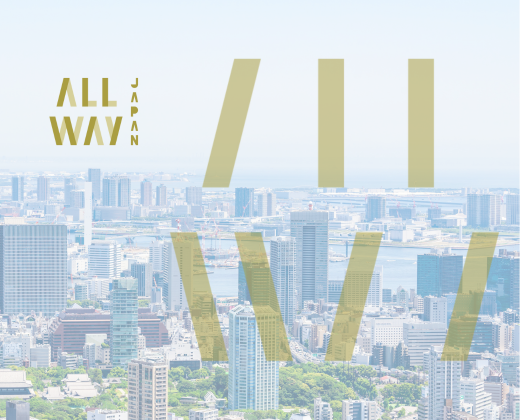
In the year of Meiji 36 (1903), the 5th Kangyo Expo was held, and the eastern half of the site was named Tennoji Park and the western half as New World was the origin of this area. Roughly eight years after the exposition, the amusement park Luna Park, which mimics Coney Island in the United States, and the Tongtenkaku, which mimics the Eiffel Tower and the Arc de Triomphe in Paris, are born. The surrounding area attracted box office halls and eateries, which flourished as a mass entertainment venue. Nostalgic shops also kept their doors, and even if the view of the town changes, the humanity continues to live. Currently, there are visits from all over the world as one of the tourist destinations, visiting kushikatsu and pure tea.
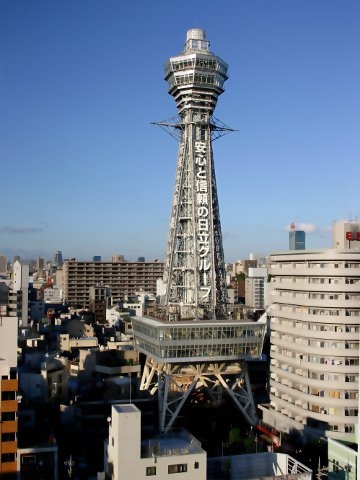
The symbol of Osaka, which also appeared in numerous films. In 1912, it was built to resemble the Eiffel Tower and the Arc de Triomphe in Paris, with the height of 64m in the East. The current Tsutenkaku was the second generation built in 1956. The height of the top is 108m. The god of fortune, Billiken, is also enshrined at the observatory. Billiken came in 1912. It was originally a wooden statue of the god that the American female artist had seen in a dream. He is worshiped as a god of schoolwork and sickness.
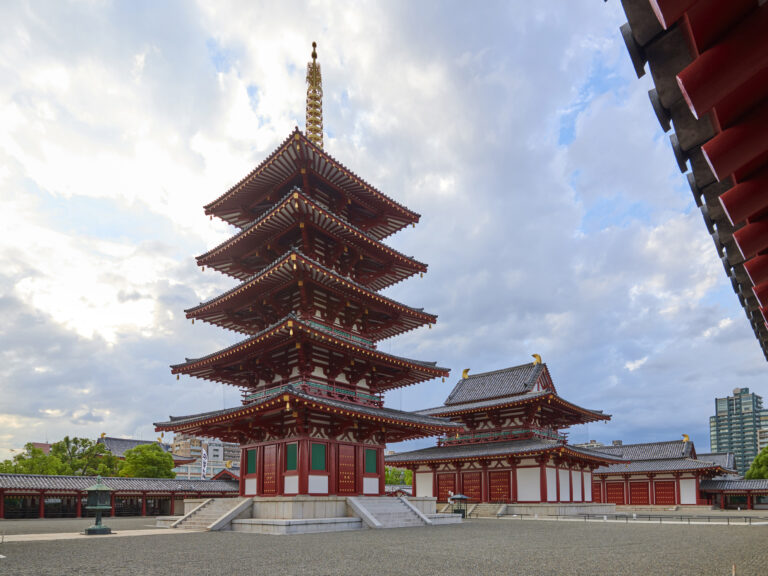
The first Kanji temple of the Japanese Buddhist Law erected by Prince Sotoku. In the precincts, which has a total area of 33,000 tsubo and a vast area, the middle gate, the five-storied pagoda, the Kindou, and the auditorium are lined from the south to the north, surrounded by a corridor, and one of the oldest architectural styles in Japan, besides the Shitennoji-style fairy indigo, it holds many national treasures and important cultural treasures, such as items from the time of the founding. There is also a garden of the paradise of Honbo Garden, where you can enjoy the scenery of the four seasons. In addition, the Holy Spirit Party is held every year on April 22 in memory of Prince Shotoku. The Holy Spirit Society has a 1,400-year-old history, and now conveys the Dōraku Shifukakai, in which the Dōraku and the Dōraku are united, and has received the designation of an important intangible folk cultural property of the country.











